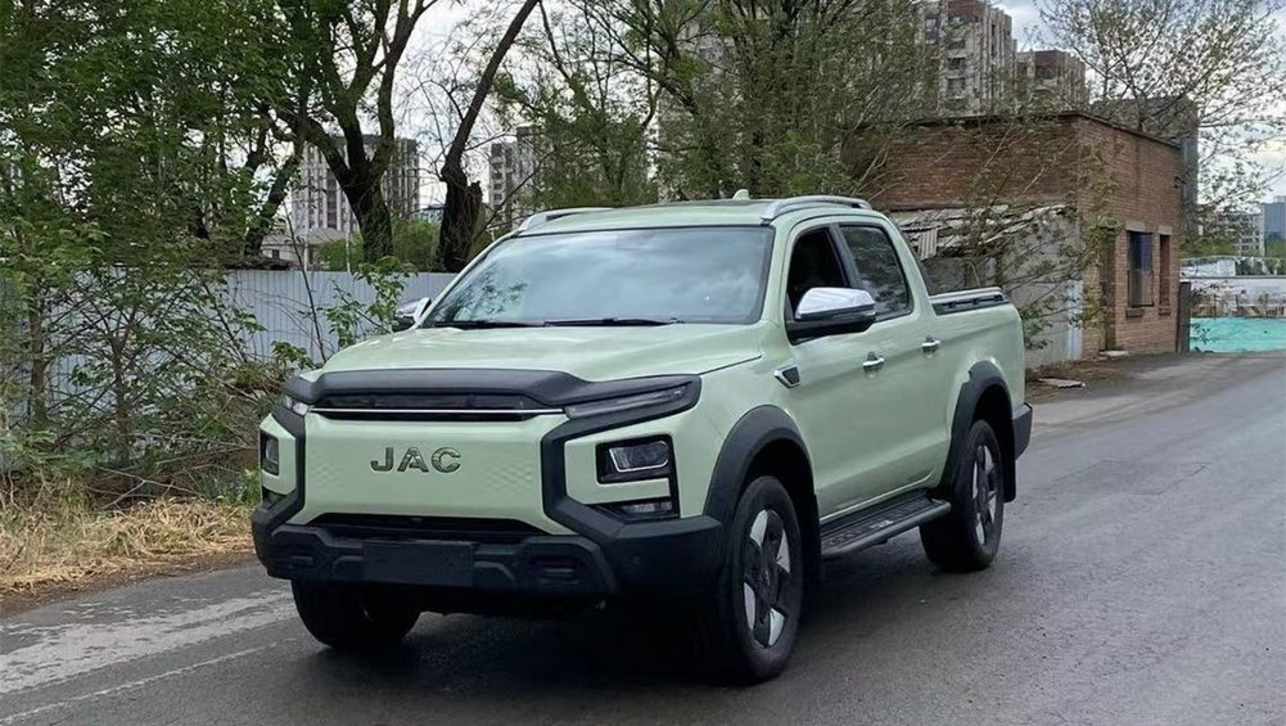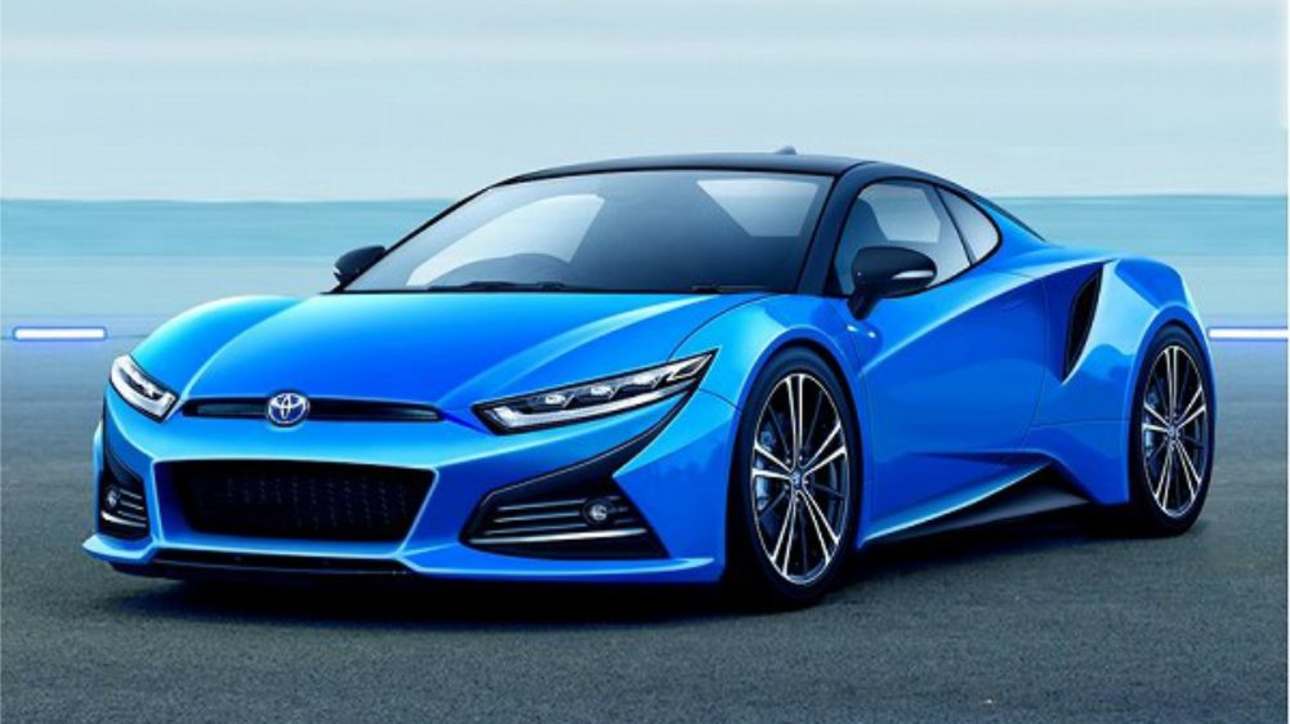For the first 10 years it was aimed more at the cafe cruiser market than at buyers of full-on sportscars. However, the most recent model, introduced in November 2000, is a hotter Celica than before but it wasn't a sales success so perhaps the cruiser image was the correct one all along. Celica also suffered from the move away from buyer interest in coupes in recent times. So much so that after struggling on for quite a while with ever dwindling sales it quietly slipped from the new-car market in March 2006.
This decline in sales is good news for used-car buyers because re-sale values have suffered and you can pick up a pretty good second hand Celica for significantly less than it would have cost only three or four years ago.
Celica is well-built and carries the traditional Toyota reliability. Under the skin it's a relatively simple design sharing many of its components with more mundane cars. But on the surface it has the sort of looks trendy buyers of all ages just love.
Two Celica body types are offered; a three-door hatchback (Toyota calls it a liftback) and a two-door coupe.
The liftback has dominated in recent years as the practical nature of the vehicle appeals to those who use a Celica as their sole means of transport.
Rear seat room is more suited to small children than teenagers or adults. Get the kids to try the back seat during your road test. And make sure they also check it for outwards visibility. Claustrophobia may bring on argumentative boredom and car sickness.
Handling in the older models is good and the Celica will generally please all but the hardest drivers in the way it performs. The 2000 Celica is much sharper on the road, with quick turn in and good feedback through the steering. It achieves this with little loss in ride comfort compared with the previous generation cars. The turbocharged rally-based Toyota Celica GT-Four is also a hot performer, and is far more expensive than the rest of the range. It was sold from 1990 to 1992, then again in a limited production run in 1994 as the GT-Four Group A Rallye, a full-on sports machine. It appeals very much to the serious driver.
Celica repairs are relatively easy if you know your way around a car. There are Toyota dealers in just about any area of significance within Australia, but not many in the remote bush will carry parts for Celicas. Parts are generally reasonably priced.
However, service and repairs on the GT-Four should be left to professionals as it's a very specialised machine.
Insurance on the standard Toyota Celica is relatively low (for a sports coupe, that is) but the GT-Four will cost big dollars to insure because of its turbo engine and sporting nature.
Under the bonnet
In the standard Celica the engine was a 2.2 litre unit until the size dropped to 1.8 litres with the year 2000 model, the latter carrying a lot of high-tech features to lift its power to considerably more than the older engine.
The downside of the 1.8 litre is that you don't get a great deal of power or torque at lower engine speeds so you have to work at keeping it on the boil.
Which is fine for the keen driver but those simply looking for a visually attractive car may find it all a bit much after a while.
The Celica GT-Four turbo engine is a complex 2 litre unit with plenty of torque at most revs.
It's at its happiest when worked hard but turbo lag can be frustrating at times.
Transmission options are five-speed manual and four-speed automatic in the standard models. The hot GT-Four comes only as a five-speed manual.
Danger signs
Check that the engine starts promptly, idles smoothly, accelerates without hesitation and doesn't smoke from the exhaust tailpipe. The latter is likely to be at its worst when you accelerate hard after the engine has been idling for a while.
Automatic transmissions which are slow to go into drive or reverse from neutral or park may be worn out.
Also feel for harsh changes and for changes which probably weren't necessary.
If the gear change in a manual car is sloppy or too tight there could be problems. During the test drive do a couple of fast down changes from third to second and feel for baulking and listen for crunching. Both indicate an overhaul is due, though it may only be a clutch adjustment problem. Make sure the brakes operate without too much effort and pull the car up cleanly without one wheel locking before the others.
If ABS is fitted you should feel for a pulsing through the brake pedal on very hard applications.
Feel for a car which wanders to one side. It may have been incorrectly repaired or it could have front wheel alignment problems.







.jpg)
.jpg)
.jpg)

.jpg)


.jpg)


.jpg)




.jpg)






Comments